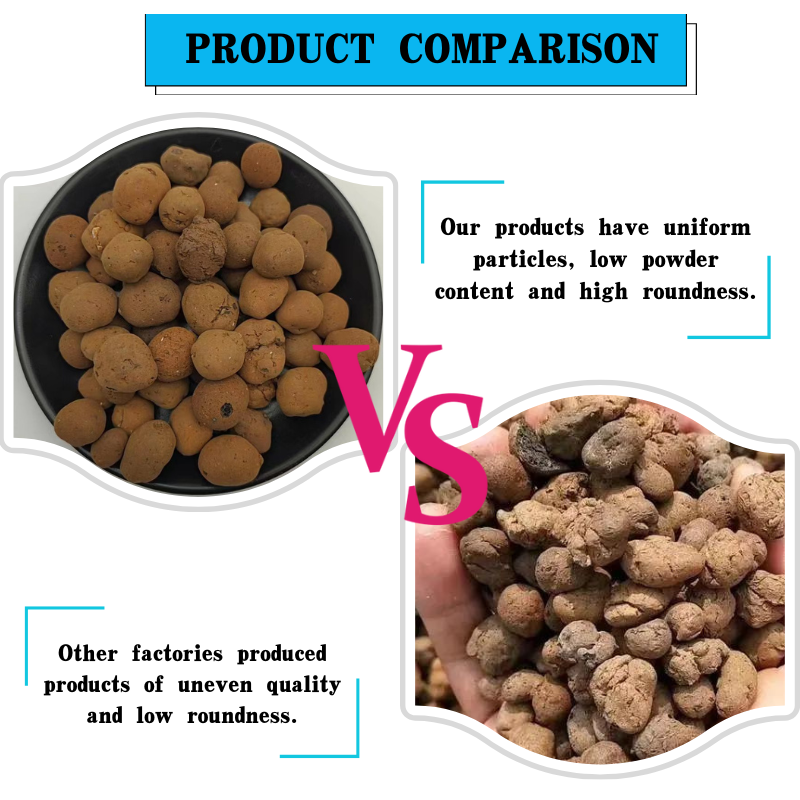
talc
The Intriguing World of Talc More Than Just a Baby Powder
Talc, a naturally occurring mineral composed of magnesium, silicon, and oxygen, is perhaps best known for its use in baby powder. However, its applications extend far beyond this familiar use. Understanding the different dimensions of talc can provide insight into its importance in various industries, its safety considerations, and the ongoing debates surrounding its use.
Origins and Composition
Talc is formed through the metamorphism of magnesium-rich rocks and is primarily composed of hydrous magnesium silicate. Its unique characteristics, such as softness, lamellar structure, and chemical inertness, make it a valuable mineral in numerous applications. The softest mineral on the Mohs scale, talc is easily ground into a fine powder and is renowned for its lubricating properties. These features have made talc a staple in industries ranging from cosmetics to plastics.
Industrial Applications
In the cosmetics industry, talc serves as a key ingredient in many products, including face powders, foundations, and anti-chafing creams. Its absorbent qualities help to reduce moisture and oil, providing a matte finish and enhancing the product's texture. In addition to beauty products, talc is also used in the pharmaceutical industry as a filler or lubricant in tablets, ensuring consistent sizing and aiding in the manufacturing process.
Beyond cosmetics and pharmaceuticals, talc has significant applications in manufacturing. It is used in the production of ceramics, paints, and coatings, where it improves product performance by enhancing characteristics like durability and opacity. In the paper industry, talc serves as a filler, improving paper brightness and opacity while helping with machine efficiency in papermaking processes.
Environmental and Safety Considerations
talc

Despite its widespread use, talc has come under scrutiny due to safety concerns. The primary issue revolves around the potential presence of asbestos, a harmful substance commonly found in natural talc deposits. Asbestos exposure is linked to serious health risks, including lung cancer and mesothelioma. To address these concerns, regulatory bodies, including the U.S. Food and Drug Administration (FDA), have established guidelines for testing talc products to ensure they are free from asbestos contamination.
Consumers are increasingly vigilant about product safety, leading to a shift in industry standards. Many cosmetic companies have undertaken measures to ensure their talc is sourced from certified suppliers and has undergone rigorous testing for purity. Additionally, there has been a rising interest in alternative ingredients that can serve similar functions without the associated risks.
The Future of Talc
Looking ahead, the future of talc depends heavily on continued research and regulatory oversight. As industries evolve and consumer preferences shift toward safer, more sustainable products, talc may face competition from alternative materials such as starches or synthetic powders. However, the unique properties of talc ensure that it will remain relevant in various applications, especially those that require its specific characteristics.
Moreover, ongoing innovations in talc mining and processing may help mitigate environmental impacts and enhance product safety. Sustainable practices in the extraction and production of talc can pave the way for a more responsible use of this mineral.
Conclusion
Talc is a multifaceted mineral with a rich history and a multitude of applications. While its association with baby powder remains strong, the mineral's significance extends across numerous industries, highlighting its versatility. As we navigate concerns around safety and environmental impact, the future of talc will likely be shaped by ongoing research and responsible practices, ensuring it remains a valuable resource for generations to come.
Share
-
Natural Premium Bentonite Cat Litter - Superior ClumpingNewsJul.31,2025
-
Premium Resin Coated Sand - High Heat Resistance CastingNewsJul.31,2025
-
High Quality Silicon Carbide Grit for Abrasive ApplicationsNewsJul.30,2025
-
High-Quality Ceramsite for Plants & Gardening | Lightweight PebblesNewsJul.29,2025
-
Premium Burgundy Glass Marbles for Vases & Shooter GamesNewsJul.29,2025
-
High Purity Quartz Sand for Industrial and Ground ApplicationsNewsJul.29,2025






